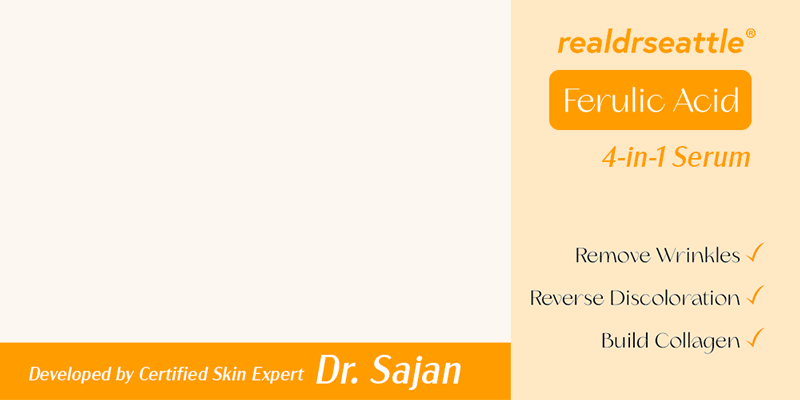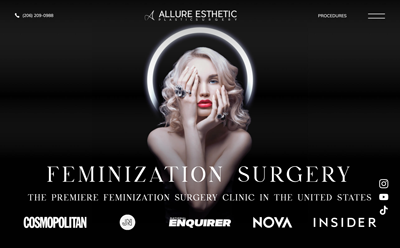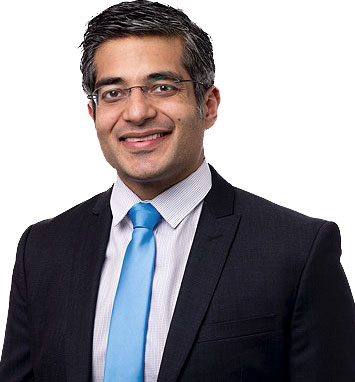Chest binding can be a lifesaver for many transmasculine and non-binary people out there, offering a huge relief from gender dysphoria. But these do not come without certain constant troubles. Even the best-fitted binders can compress the lung capacity, irritate the skin, and remind the person that this still is not natural, keeping them out of sync with their gender identity. At Allure Esthetic, FTM top surgery for masculinizing the chest is an effective solution to address this issue. The operation removes breast tissue, sculpts the chest and repositions or resizes the nipple-areola complex so the body finally echoes the inner sense of self. Allure Esthetic describes it as a three-dimensional chest reconstruction that blends tissue removal with targeted liposuction for natural definition.
What Is FTM Top Surgery?
FTM (female-to-male) or masculinizing top surgery is an outpatient procedure that transforms a traditionally female chest into a flat or masculine-contoured one. While named initially for trans men, the operation is equally affirming for non-binary, intersex, and gender-diverse people who desire a flatter torso. By excising glandular and fatty tissue and reshaping the skin and nipples, surgeons create a chest that looks and moves like one formed during typical male puberty.

Assessing Readiness for FTM Top Surgery
When it comes to qualifying for surgery, professional guidelines like those from the World Professional Association for Transgender Health (WPATH) highlight a few key factors: informed consent, stable physical and mental health, and a consistent experience of chest-related gender dysphoria. Age requirements vary depending on where you live, but many surgeons work with patients who have reached legal adulthood or are younger with the consent and support of a guardian and a care team.
Also, you don’t always need to be on testosterone or meet a certain BMI to qualify. Reputable centers (including Allure Esthetic) take a personalized approach, looking at your whole health picture. It’s also helpful to openly discuss things like binding history, smoking habits, or any other health concerns, as these can play a role in healing and scarring.
Selecting the Right Surgical Approach
When it comes to FTM surgery, surgeons have various incision patterns to choose from, depending on the patient’s chest size, skin elasticity, and scar placement goals. For tiny chests with tight skin, a keyhole approach involves making a half-moon cut along the areola edge, removing tissue, and often preserving nipple sensation. When a bit more skin tightening is required, the peri areolar method uses a circular cut around the nipple-areola complex; after tissue removal, the outer ring is drawn in like a drawstring, flattening the chest while hiding the scar at the areola border.
Medium to large chests or looser skin may require a double-incision technique, where two horizontal lines are made beneath the pectoral region, allowing for complete tissue excision. This is followed by resizing and grafting of the nipples into a more masculine position. In cases of significant volume or sagging, surgeons may add a vertical limb to remove excess skin and refine the contour.

Healing Timeline & After-Care Essentials
Healing is a gradual process, and knowing what to expect can make a big difference. Initially, you’ll wear a compression vest and may have small drains to manage swelling and fluid buildup. Gentle walking is encouraged as it helps with circulation and recovery. Most people return to desk work by week two (avoiding overhead arm movements) and can resume light cardio by week three, though heavy chest workouts should wait until 6–8 weeks. Consistent scar care (silicone sheets, sun protection, and treatments like laser if needed) helps minimize visibility. For the smoothest recovery, follow your surgeon’s instructions, avoid nicotine, eat well, and report any unusual symptoms promptly.
Life After Top Surgery
Survey data consistently show significant improvements in body image, social confidence, and mental health after top surgery. Many people feel a profound sense of positivity when they first wear just a T-shirt and no binder. Beyond easing dysphoria, the physical benefits often include better posture, easier breathing, and relief from chronic pain caused by binding. Scars vary for everyone—some embrace them as part of their story. Surgical scars vary from person to person. Many patients explore tattoos or treatments to blend them. Sensation can shift over 12–18 months, with some regaining partial feeling and others adapting to lasting changes.
Why Allure Esthetic Stands Out
Located in Seattle, Allure Esthetic has become a trusted destination for gender-affirming surgery, attracting patients from across the country. So, what sets them apart?
- Personalized Assessments – Every patient is unique, and their approach reflects that. They welcome all body types and gender identities with an inclusive, judgment-free evaluation.
- Natural-Looking Results – Their high-definition contouring blends direct excision and liposuction to create a masculine chest with a natural, tapered slope.
- Minimized Scarring – Scar care is a priority from day one. They use silicone therapy, laser treatments, and long-term follow-up to help scars fade as much as possible.
- Holistic Support – Surgery is just one part of the journey. They work closely with mental health providers and primary care doctors to ensure patients feel supported at every step.

Final Thought
FTM top surgery isn’t just about physical change, it’s an important medical step that aligns the body with one’s true self, opening up everyday freedoms many people don’t think twice about: breathing easier, moving freely during exercise, or simply standing confidently in a room. By learning about candidacy, surgical approaches, recovery, and associated risks, you can make informed choices that prioritize both your well-being and authenticity. With a skilled, supportive surgical team, top surgery isn’t just the end of binding—it’s the start of living fully as yourself, inside and out.

 FeminizationSurgeries.com
FeminizationSurgeries.com
